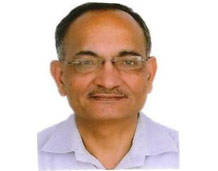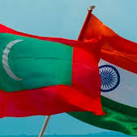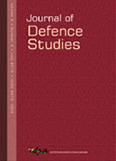Asia 2030: The Unfolding Future
- Publisher: Lancer
2010
This book is an effort to understand how the future will unfold in Asia 2030. This book has addressed issues ranging from air-power, cyber security, climate change, ballistic missile defence to geo-political and regional issues pertaining to East Asia, South East Asia and South Asia. Based primarily on the method of scenario building, this book is an attempt to discuss the future of critical issues related to security and the international relations of Asia in 2030.
- ISBN 978-1-93550122-4 ,
- Price: ₹. 695/-
- E-copy available
- Published: 2010













